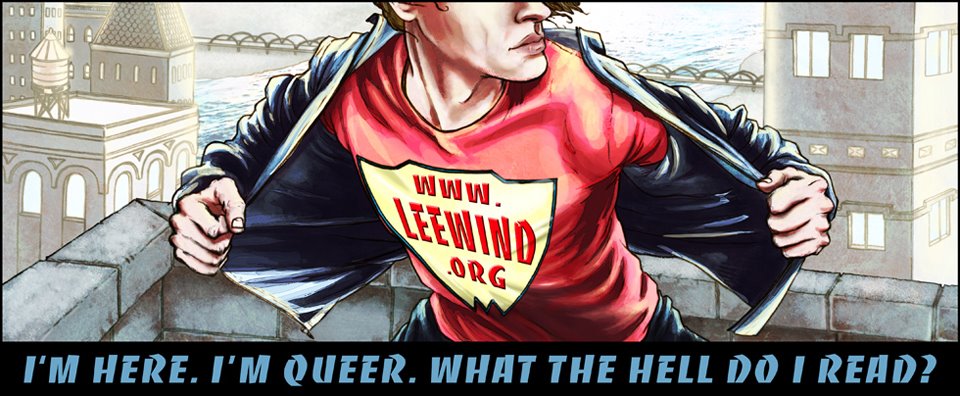
Okay, I knew I wanted Today's Bitchin' Queer Quote to be about Women American Indians - and how they were Spiritual and Queer and Powerful - and in reading a couple of amazing books and essays on the topic, I'm amazed at how, prior to western colonization, there was SO much variety in Native American cultures in terms of gender identity and expression, and in the kind of relationships women had with other women. (And, for that matter, men had with other men - but that's a topic for another day!)
Women were
goddesses,
spirit-women,
mothers,
sisters,
grandmothers,
aunties,
shamans,
healers,
prophets, and
daughters.
and lovers!
The story I'll share today is from the early 1800s. Edward Denig, a white frontiersman who lived with the Crows, knew Woman Chief for 12 years, and wrote about her in 1855.
Born among the Gros Ventre Indians, she was captured at the age of 10 by a raiding party of Crows and adopted by a Crow warrior. She grew to be "a fearless horseback rider and skilled rifle shooter."
When she was still a young woman she "was equal if not superior to any of the men in hunting both on horseback and foot...[She] would spend most of her time in killing deer and bighorn, which she butchered and carried home on her back when hunting on foot. At other times she joined in the surround on horse, could kill four or five buffalo at a race, cut up the animals without assistance, and bring the meat and hides home."
As a successful hunter, she shared her meat freely with others. But it was as a warrior that her fame was made.
She became famous for standing off an attack from Blackfoot Indians, in which she killed three warriors while remaining unharmed herself: "This daring act stamped her character as a brave. It was sung by the rest of the camp, and in time was made known to the whole nation."
A year later she organized her first raid and easily attracted a group of warriors to follow her. She stole seventy horses from a Blackfoot camp, and in the ensuing skirmish killed and scalped two enemies. In every engagement with enemy tribes, including raids on enemy camps, she distinguished herself by her bravery. Crows began to believe she had "a charmed life which, with her daring feats, elevated her to a point of honor and respect not often reached by male warriors." The Crows were proud of her, composing special songs to commemorate her gallantry. When the tribal council was held and all the chiefs assembled, she took her place among them, as the third-highest ranked person in the tribe.
She dressed like other women, and was "taller and stronger than most women - her pursuits no doubt tending to develop strength of nerve and muscle."
She also took a wife!
She went through the usual procedure of giving horses to the parents of her intended spouse. A few years later, she took three more wives. This plurality of women added also to her prestige as chief.
Denig called his friend a "singular and resolute woman... She had fame, standing, honor, riches, and as much influence over the band as anyone except two or three leading chiefs... For 20 years she conducted herself well in all things."
In 1854 Woman Chief led a Crow peacekeeping mission to her native Gros Ventre tribe. Resentful because of her previous raids against them, some Gros Ventres trapped her and killed her.
Stories passed down have made her a hero "in the classic Plains mode. Even her death, at enemy hands, was typical of the pattern for the honored male warrior."
An excellent background on the context of the different roles women took on in Native American Cultures is the essay "Lesbians in American Indian Cultures," by Paula Gunn Allen, in "Hidden From History: Reclaiming the Gay and Lesbian Past" Edited by Martin Duberman, Martha Vicinus and George Chauncey, Jr. The first quote above is from page 113.
The true story of "Woman Chief of the Crows" came from pgs. 244-246 of "The Spirit and the Flesh: Sexual Diversity in American Indian Cultures" by Walter L. Williams, much of which was taken from Edwin Thompson Denig's "Five Tribes of the Upper Missouri," ed. John Ewers, pg. 195-200
The image above is from the website on Jim Beckwourth, an African American Explorer whose autobiography told of his time with the Crow and his infatuation with the woman war chief, who he said was first called "Pine Leaf." Interestingly, there's no mention of Pine Leaf's marriage to women in the tribe on this or many of the other sites I browsed.
But there is here at "I'm Here. I'm Queer. What the Hell do I Read?"
960.jpg)















1 comment:
There is a novel about her for kids: Woman Chief by Rose Sobel, Dial Press , 1976. recommended for ages 10-15.
Nancy Silverrod
San Francisco Public Library
Post a Comment